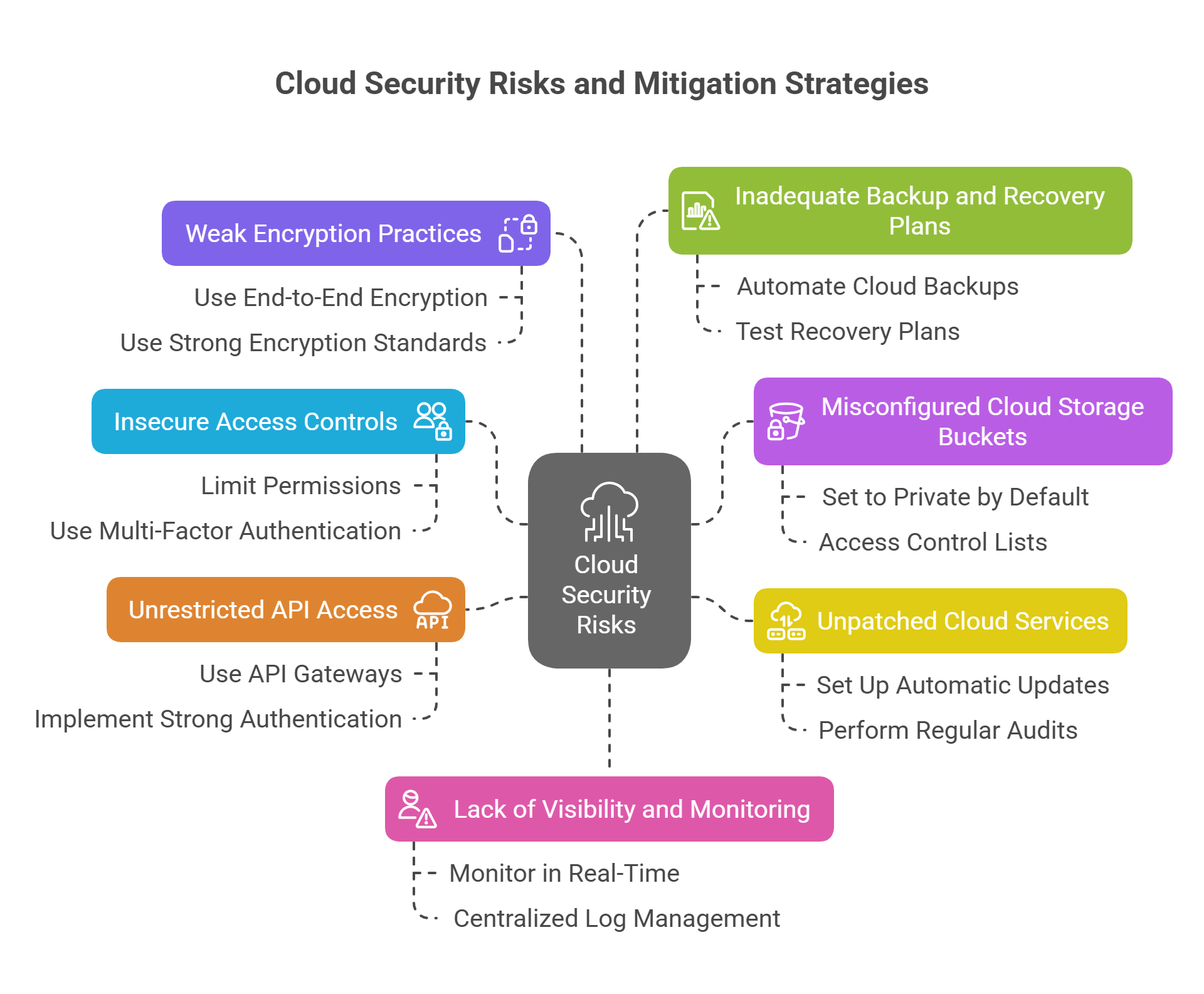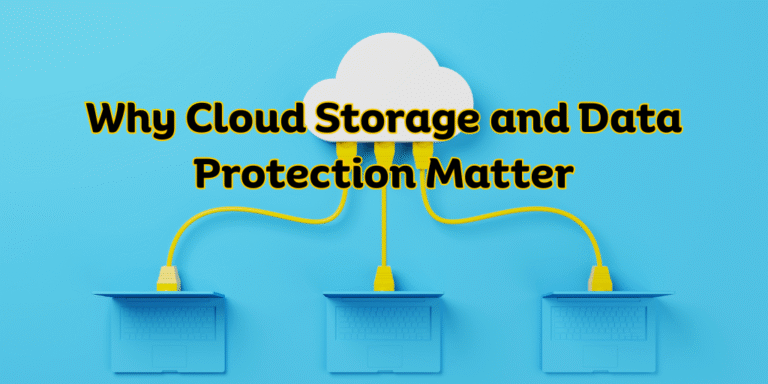Cloud security is a must for tech startups. As more businesses move to the cloud, they sometimes make mistakes that lead to data breaches, downtime, and loss of trust. This guide will show you the Top 7 Cloud Security Misconfigurations for Startups and provide simple steps to avoid them.
1. Insecure Access Controls
Startups often give too many permissions to users, which can expose important resources. This can make it easy for attackers to get in.
How to Avoid It:
- Limit Permissions: Only allow users access to what they really need.
- Use Multi-Factor Authentication (MFA): Add an extra layer of security with MFA.
Quick Tips:
- Review user roles regularly.
- Automate permission assignments to scale easily.
2. Misconfigured Cloud Storage Buckets
Setting cloud storage to public access can expose sensitive data.
How to Avoid It:
- Set to Private by Default: Always make sure your storage is private and check it regularly.
- Access Control Lists (ACLs): Use ACLs to limit who can access your data.

3. Unpatched Cloud Services
Cloud services often offer updates, but startups may miss them, creating vulnerabilities.
How to Avoid It:
- Set Up Automatic Updates: Keep critical services updated automatically.
- Perform Regular Audits: Check for outdated services often.
4. Unrestricted API Access
APIs without proper protection can be exploited, allowing attackers to steal data.
How to Avoid It:
- Use API Gateways: Monitor and secure API traffic with API gateways.
- Implement Strong Authentication: Make sure APIs are properly authenticated.
5. Weak Encryption Practices
Without encryption, data can be exposed during transfer or while stored.
How to Avoid It:
- Use End-to-End Encryption: Encrypt data while it’s transferred and stored.
- Use Strong Encryption Standards: Stick to industry standards like AES-256.
6. Inadequate Backup and Recovery Plans
Without a solid backup and disaster recovery plan, startups risk losing data from misconfigurations or cyberattacks.
How to Avoid It:
- Automate Cloud Backups: Ensure your cloud provider supports automated backups.
- Test Recovery Plans: Regularly test recovery procedures to restore data if needed.
7. Lack of Visibility and Monitoring
Without continuous monitoring, startups may miss early signs of misconfigurations or breaches.
How to Avoid It:
- Monitor in Real-Time: Use monitoring tools to track cloud activity.
- Centralized Log Management: Collect and analyze logs to detect suspicious activity early.
Comparison Table
| Misconfiguration | Risk Level | How to Prevent It |
|---|---|---|
| Insecure Access Controls | High | Implement MFA and the least privilege principle. |
| Misconfigured Cloud Storage | Medium | Set private by default and review ACLs regularly. |
| Unpatched Cloud Services | High | Automate patching and schedule regular audits. |
FAQs
Q1: What are the most common cloud misconfigurations for tech startups?
The most common issues are insecure access controls, outdated services, and open APIs, which can leave your cloud environment vulnerable.
Q2: How can startups prevent cloud security risks?
By following best practices like using strong encryption, enforcing multi-factor authentication, and regularly auditing cloud services.
Research-Backed Strategies
- Limit Access: According to Forrester Research, 80% of security breaches happen due to misconfigured access controls.
- Automate Updates: Cloud Security Alliance research shows that automated updates reduce exposure risks by 40%.
Expert Predictions for 2025
Experts believe that by 2025, cloud security will focus more on AI automation, proactive threat detection, and tighter integration of security tools. SaaS startups will need to adopt advanced security measures to stay ahead of evolving threats.


